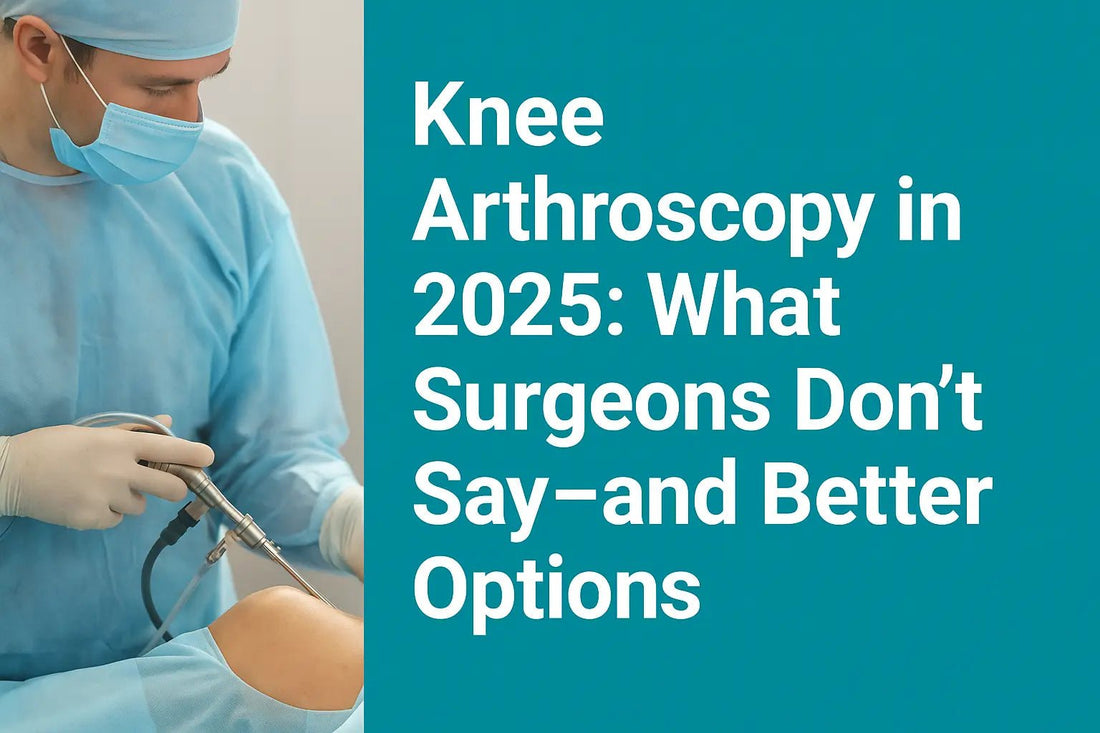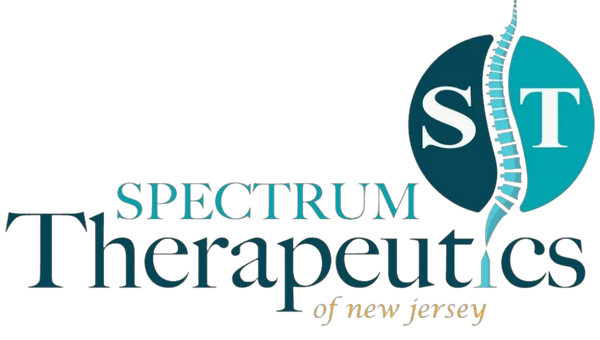
Knee Arthroscopy in 2025: What Surgeons Don’t Say—and Better Options
Dr. Rob Letizia PT, DPTShare
By Dr. Rob Letizia • Spectrum Therapeutics • Updated May 2025
Your surgeon calls it a “simple clean-up.” The brochure says you’ll be on your feet in days. Yet large studies show many patients feel no better—and some feel worse—after arthroscopic knee surgery for arthritis or wear-and-tear meniscus tears. This guide breaks down the fine print most people never hear and lays out safer, evidence-based alternatives.
Quick Facts
- 700,000 + arthroscopic knee procedures are still performed annually in the United States.
- Randomized trials report little to no lasting benefit over structured physical therapy or even sham surgery at the one- to two-year mark.
- Many insurers now classify routine “debridement and lavage” for knee osteoarthritis as not medically necessary.
Why the “Quick Clean-Up” Pitch Persists
- Revenue bias: An arthroscopy can reimburse 10–20 × more than a referral to physical therapy.
- Short-term placebo bump: Pain often improves for a few months after surgery, then returns—long after the surgeon’s follow-up visits are over.
- Old training habits: Many clinicians learned the procedure before new evidence emerged and never updated their practice.
What People Are Googling—And What It Means for You
1. “Knee Arthroscopy Recovery Time”
Marketing materials suggest two weeks. Real-world data show soreness can linger three to six months, and overall activity often drops compared with non-surgical care after one year.
2. “Degenerative Meniscus Tear Surgery”
Professional guidelines now recommend against trimming most age-related meniscus tears. Outcomes match progressive exercise programs—but surgery increases arthritis risk.
3. “Alternatives to Knee Surgery”
- Neuromuscular exercise programs (GLA:D, KNEE+): build strength, alignment, and load tolerance.
- Shockwave or radio-frequency modulation: reduces pain signals without removing tissue.
- PRP and other orthobiologics: early evidence suggests slower cartilage loss than saline injections.
Your 4-Step Roadmap Before Saying “Yes” to the Scope
- Confirm the diagnosis. MRIs look dramatic, but many findings are painless. Get a second radiology read that focuses on symptoms, not images alone.
- Complete a 12-week load-management program. Combine heavy-load strength work (quads, glutes), gait retraining, and impact-tolerance drills. Success rates rival surgery—without the knife.
- Trial non-cutting modalities. If pain plateaus, consider shockwave therapy, radio-frequency genicular ablation, or PRP injections.
- Re-evaluate. Choose arthroscopy only when mobility still blocks daily life and a specific mechanical problem (locked flap, loose body) is confirmed.
The Fine Print Your Surgeon May Gloss Over
| Hidden Risk | Why It Matters |
|---|---|
| Cartilage never grows back | Each trimmed edge raises joint stress, speeding arthritis progression. |
| Scar tissue from micro-fracture | Scar is softer than cartilage; benefits fade within 18–24 months. |
| Post-op strength loss | Even brief crutch use can shrink quadriceps size by 3–8 % in two weeks. |
| Repeat scopes | About one in four patients undergo a second arthroscopy within five years. |
Why Spectrum Therapeutics Is a Better First Line
- Force-plate gait lab: pin-points overload patterns an MRI can’t show.
- Shockwave-guided rehab: pairs evidence-based exercise with targeted pain relief.
- No surgical quotas: our recommendations stay unbiased.
FAQ—Quick Answers
“Can’t surgery just clean out the arthritis?”
Trimming tissue may smooth rough edges briefly, but cartilage loss continues faster afterward. Most guidelines label it low-value care for wear-and-tear knees.
“My MRI shows a meniscus tear—doesn’t that mean surgery?”
Half of people over 50 with zero knee pain also have tears on MRI. Pain source, not scan appearance, guides treatment.
“What if I’ve already tried PT?”
Ask whether it included heavy-load strength (≥ 70 % 1 RM), balance drills, and weekly progression. Many insurance-driven programs stop too soon; advanced protocols often salvage so-called “failed” rehab cases.
Need a Second Opinion?
Book a 20-minute knee consult at our Wayne, NJ clinic —no surgery pressure, just data-driven options.
Save the scope for when you truly need it.



